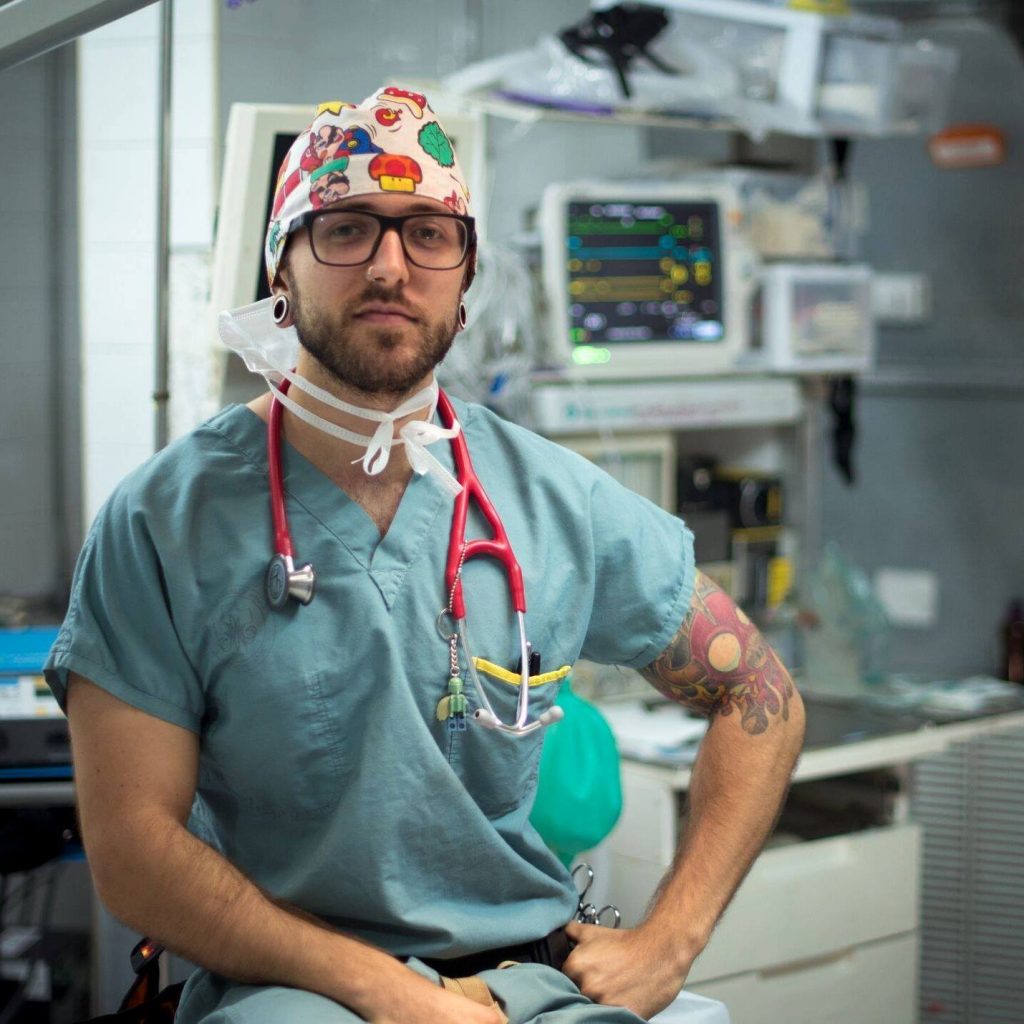
Thank you for taking the time to speak with me, Marco. I have been looking forward to this interview and have some specific questions to ask you. First, I am going to take a step back and ask a general but important question. How did you find out about the Respiratory Therapy field?
I initially attended CEGEP in Montreal at Vanier College to complete pre-requisite courses to be applicable to a technical program. Truth be told, once I completed those pre-requisite courses, I applied to the coolest sounding professional program I could find “Respiratory and Anaesthesia Technology.” As I began my classes, I found myself enjoying each and every course more and more.
Since graduation, you have been involved with various roles, activities, and volunteering positions. Can you share with us some of your memorable roles so far?
There’s not a single role that I believe is more memorable than the last. I genuinely think that every position I take will teach me something and that something will serve to better my practice. I truly enjoy those unique (non-traditional) roles that RTs can fill. Some of my examples would be organizing and participating in some humanitarian trips, conducting research and program development in McGill’ centre of medical education, teaching ACLS to allied healthcare professionals and residents and participating as a simulation trainer
You have been practicing as an Anesthesia Assistant (AA) for some time now. Can you tell me a little about that?
The concept of the AA is quite different from where I am situated in the province. Here in Quebec, training in the OR is mandatory for licensure in Quebec. Once we obtain licensure, individuals who desire to work in the OR simply apply for the position and receive extra training. The decision to work in ICU versus the OR is similar to you choosing to work in adults or pediatrics. It is mostly dependent on job availability and interest. Because of this, the Quebec model of an anesthesia care team is always one RRT and one anesthesiologist per operating room. As you can imagine, this allows many RTs the opportunity to work in the OR without the necessity of higher education. I chose to seek out the AA accreditation because of my involvement with the CSRT and an inherent desire to lead by example that Quebec RTs are arguably as equivalent as AAs.
What were the other factors that lead you to study AA?
There are many reasons why I chose to work predominately in the OR. I enjoy being a proceduralist and I appreciate the science behind resuscitation. In the OR we have a significant role in all aspects, from fluid management to pharmacology. Furthermore, I wanted to work in close proximity with the physicians to learn from them. Imagine working one-on-one with great physicians at a collegial level. They tend to challenge your thinking in a unique way that ends up improving the care you eventually provide to patients. While I do love the OR, I am not close-minded towards any other unit. My practice is a mix of critical care and anesthesia.
With regards to your volunteering experiences abroad, what can you share with us?
I’ve volunteered numerous times with Team Broken Earth in Haiti in clinical work with the Montreal General Hospital and with Thompson Rivers University in Peru organizing conference workshops for locals and clinical rotations for TRU students. Volunteer work in underprivileged areas is the most humbling and amazing work I’ve done. It’s humbling to see the stark contrast to what you are used to as a standard of care. It definitely puts life (and healthcare for that matter) into perspective when you want to complain about something trivial in your daily work routine. It’s also amazing to learn about how the local professionals deliver care with the equipment that they have at hand. I’ve learned a great deal for which I apply techniques in my own practice.
Can you give me an example of a case, scenario, a perspective that really stood out for you?
A case that stood out for me was one where the team performed an open + closed reduction & internal fixation of a C4-C5 unilateral facet dislocation with an anterior cervical approach. The thing that struck me was the resourcefulness and comradery of the team present.
The first part of the case was the closed reduction, so the patient has to stay awake so we can monitor for potential disc herniation. So we performed the closed reduction by weighting down a halo brace with 2 L jugs of water. Once we achieved the closed reduction, the next step was to intubate the patient awake (again to monitor potential disc herniation), unfortunately we had little in advanced airway equipment. So, the entire team rallied behind the airway. The surgical resident performed passive oxygenation with the bag-mask, the anesthesiologist performed as many airway blocks as the patient could tolerate, and I was able to intubate the patient with a portable video-laryngoscope that was generously donated to me for this trip. Finally, we secured his airway and the complicated spine surgery was uneventfully completed. This surgery (from the airway to the surgery itself) was successful because of the team involved at that time.
What advice do you have for those who want to volunteer and travel to areas who need help with patient care/education and staff training?
First, be sure you want to do it. Going to these places is not a vacation, and it is not your right as a healthcare professional to impose your knowledge on locals. Your desire to help needs to stem from empowering locals which may mean you teach much more than you work (for example). To get involved I would merely get informed; e-mail organizations, e-mail individuals who have gone for advice. Once you get some contacts, sell yourself. Showcase your skills in a way that makes you essential to the team rather than a passive member.
“It is not your right as a healthcare professional to impose your knowledge on locals” is a very interesting framework and approach to the situation. Can you expand on that? Or any advice on how one could approach the situation with that framework?
The keyword to approach this framework is local! You need to tailor your care and education to what they need to provide care to the local population. Before our trips, we contact local chief-residents to determine what they want to learn. This allows us to tailor our education. There’s the added benefit of Montréal’s French language, which allows us to better transmit our knowledge.
You have been involved with various organizations to support and to advance their processes and practices. Can you give us some insight about your experience and reflections?
A global highlight is really seeing how the organizations work. My personal mission is to learn from everyone because I believe that good ideas can come from anyone and anywhere. By understanding how organizations work you have the capacity to make helpful suggestions at other organizations to truly impact your profession, and this is why I stay involved.
My advice to those interested is similar to getting involved in volunteer work; you need to showcase your skills for others to see you as an asset rather than a passive member. When you do achieve any opportunity, however trivial it may seem it is your duty as a professional to complete the task to the best of your abilities. Anything worth doing is worth doing right, be a perfectionist. People will recognize and respect that
It wouldn’t be right if I have an interview with you and not talk about your multiple years as the CSRT Airways Olympics champion or champion team!
I try to attend the CSRT annually, the weekend of the CSRT is where ideas that shape our profession are conceptualized. These ideas can be generated in a formal round table discussion by the executives or over a drink between colleagues between provinces. Professionals in other areas of the nation are doing some unique things, and it would be foolish not to learn from them.
The first time I participated in the airway Olympics was strictly by chance, a student at the time (now colleague) asked me to join, and I thought it seemed fun. I enjoyed the atmosphere of it. It was competitive yet very supportive. I was not nervous at all during the process because I have learned to trust and fear the airway. There are VERY few people in fact, who are airway experts. A difficult airway is actually a combination of factors such as the context, the equipment, the patient, the providers. The same airway in two different hands can be interpreted in two very different ways (Frerk et al. 2015. Hung, Murphy, 2010). For this reason, a good laryngoscopist respects the airway and thinks of every alternate airway plan before the patient even enters the room.
A word of wisdom for practicing airways is just to get involved. Ask to manage the airway, whether you are in the OR or ICU. The worst that can happen is the physician says no. As you practice, you’ll begin noticing the subtleties of people’s airways and how to react appropriately. Compound this with simulation training, crisis resource management and situational awareness, and you’ll be a force to be reckoned with.
If all else fails, you have the duration of the conference to practice at the sponsor’s booth.
I would like to hear your bigger picture of our field. What is the next big growth area that you see for the RT profession?
I’ll answer this question with two lenses’ of focus — the first in anesthesia. I think the next growth area for AA’s is to get them OUT of the OR. One thought could be as a part of the chronic pain clinic/rounds. Their pharmacological expertise allows them to adopt this role well; furthermore, they understand the surgery as a whole, so they can better understand pain management.
Another area that has a growing body of literature are vascular access teams and AA’s leading them. Vascular access teams deal with the insertion, management, removal and correct use of central venous catheters (CVC), radial arterial lines or peripherally inserted central catheters (PICC) often guided by way of the ultrasound. AA’s are exposed to many facets of line insertion and ultrasound usage. Small, context-specific studies have begun showing a benefit in patient care. (Hunter, 2003. Johnson, et al. 2017)
The second lens is as a scholar. The fundamentals of respiratory therapy as a profession is based in critical-care medicine, however, over the last 50 years, our role has exploded outwards to include everything from home-care to innovation. However, the literature that supports our profession is lacking. In critical care medicine, the majority of our evidence-based practice is extrapolated from medical and nursing research. As we become stronger clinicians, we must also become stronger scholars. This will allow us to ask and answer questions that are specific to our scope of practice. Doctorly-trained RRTs would facilitate this.
I am going to make my last question a personal one. You are open with your body art. Tattoos to be specific. In the past, there was a slightly negative stigma with having tattoos. Those views and beliefs are changing. I personally have tattoos but they are all covered when I wear my scrubs, so I am curious to hear your perspective.
Have you felt any resistance from an employer or experienced a negative situation by a patient or fellow colleague about your choice to have tattoos on visible body parts? And on the flip side, How have tattoos helped you with your practice and in connecting with other staff and patients?
I’ve never had any resistance from my tattoos; the hospital has a powerful union backing their employees so as long as your job is done well, then it doesn’t matter. Many of my colleagues have even more than I do. The stigma is slowly fading, even in the literature. A cool study by Cohen et al. (2018) looked at patients perceptions of emergency physicians with or without tattoos regarding physician competence, professionalism, caring, approachability, trustworthiness or reliability and found no difference.
I feel that my tattoos actually helped my career when I first started. I was always referred to as “the RT with tattoos,” and more and more nurses and physicians would remember the work I did because it was associated with my tattoos. I tend only to cover my tattoos when I present a lecture just because I want the audience to focus on my slides or voice versus being distracted by what I look like.
Finally, the best comment I received from a patient was a little 80-year-old COPD patient who exclaimed that she loved my tattoos because it brought some colour and brightness to her day stuck in the hospitals.
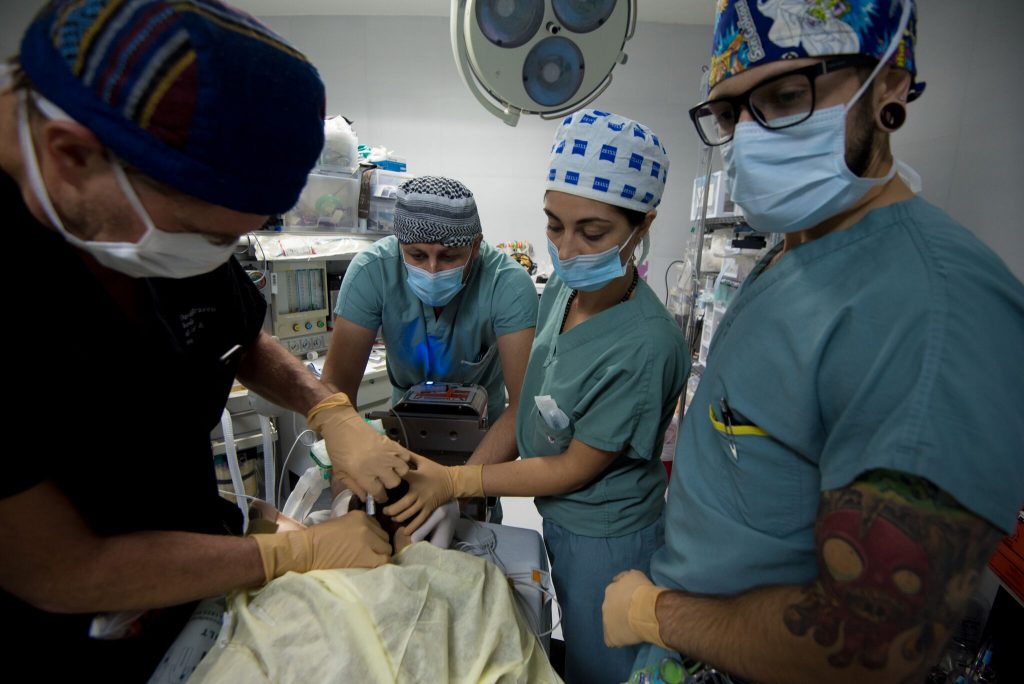
Thank you Marco for your dedication, passion, and contributions to the field of respiratory therapy!
Reference (provided by Marco).
Cohen, M. Jeanmonod, D. Stankewicz, H. Habeeb, K. Berrios, M. Jeanmonod, R. (2018). An observational study of patients’ attitudes to tattoos and piercings on their physicians: the ART study. Emerg Med J. doi:10.1136/ emermed-2017-206887
Frerk, C. (2015). Difficult airway society 2015 guidelines for management of unanticipated difficult intubations in adults. BJA: British Journal of Anaesthesia, 115; 6: 827-848. DOI: https://doi.org/10.1093/bja/aev371
Hung, O. Murphy, M. (2010). Context-sensitive airway management. Anesth Analg; 110:982-3
Hunter, MR. (2003). Development of a vascular access team in an acute care setting. J Infuse Nurs. 26(2):86-91
Johnson, D. Snyder, T. Strader, D. Zamora, A. (2017). Positive influence of a dedicated vascular access team in an acute care hospital. JAVA. 22:1 DOI: dx.doi.org/10.1016/j.java.2016.12.002

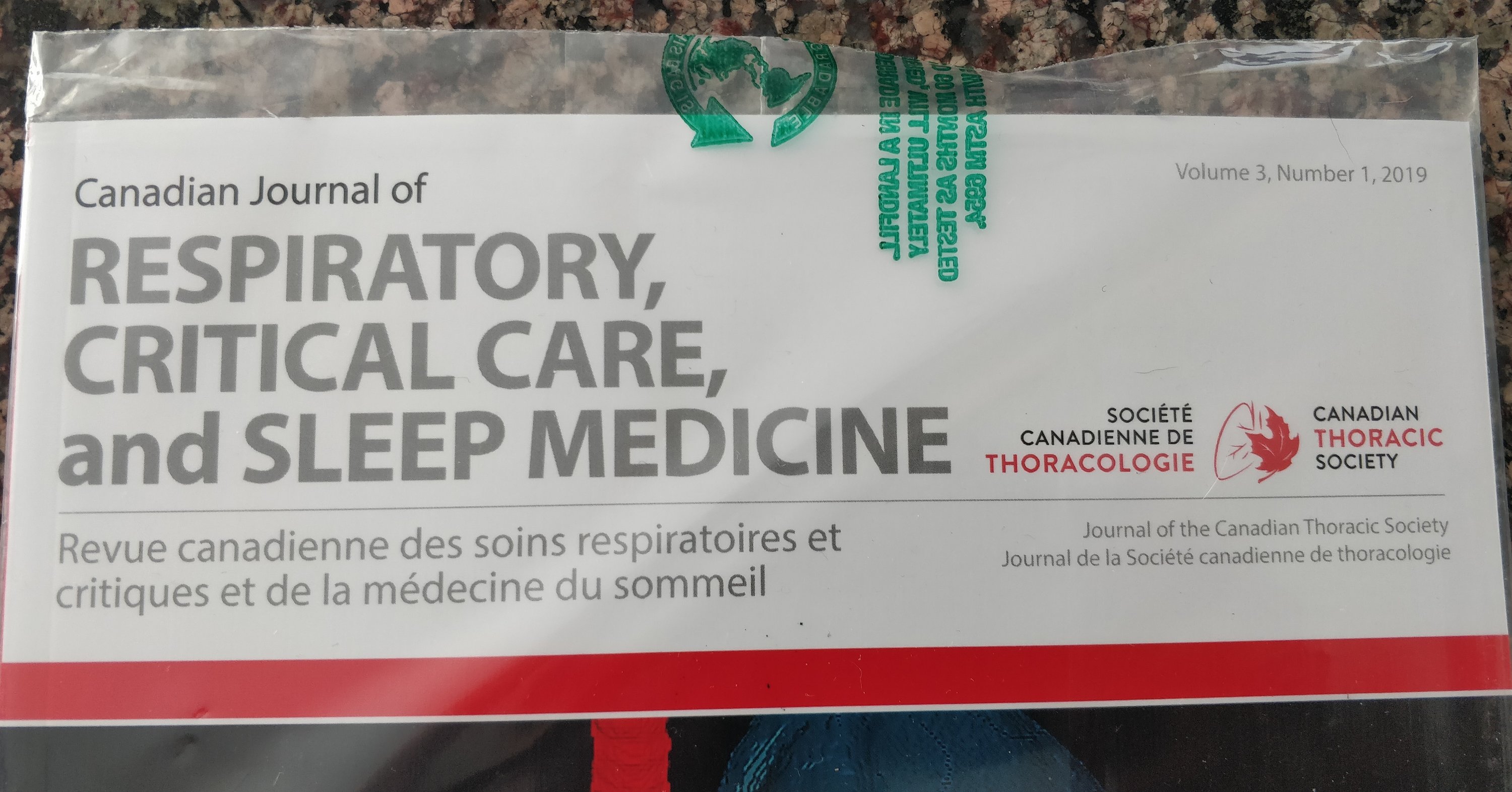
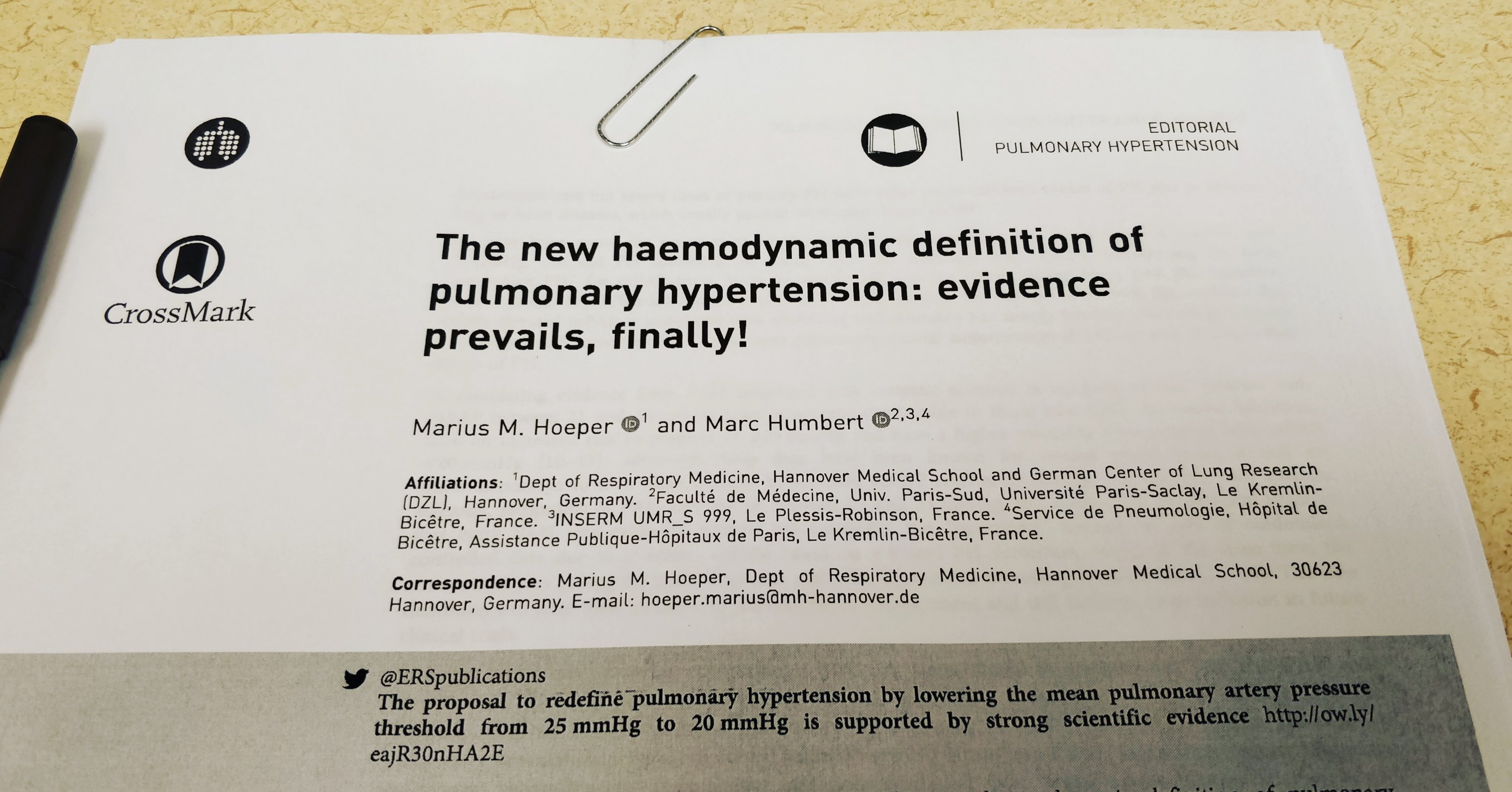
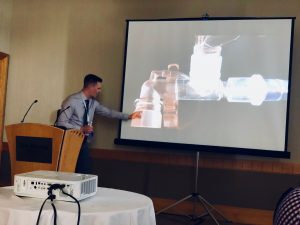
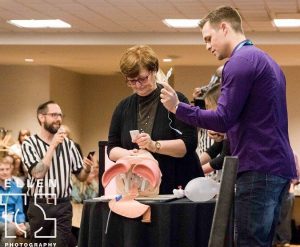
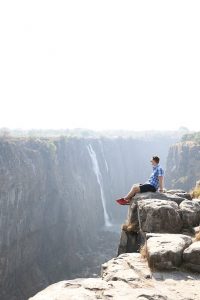
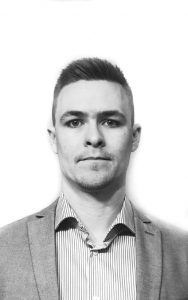 Sebastien Tessier
Sebastien Tessier
